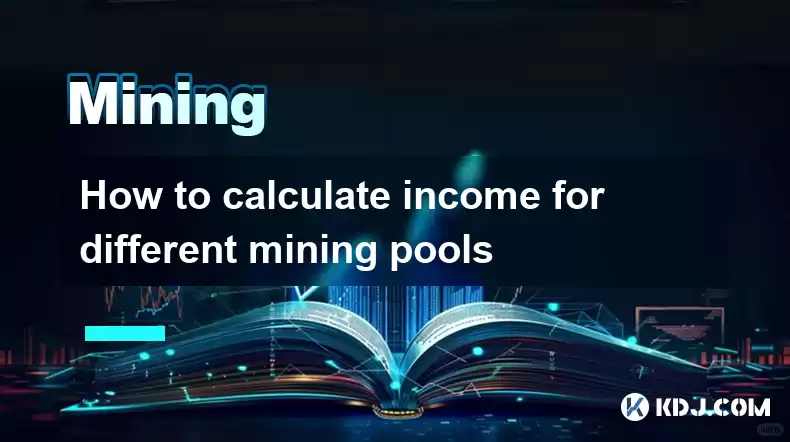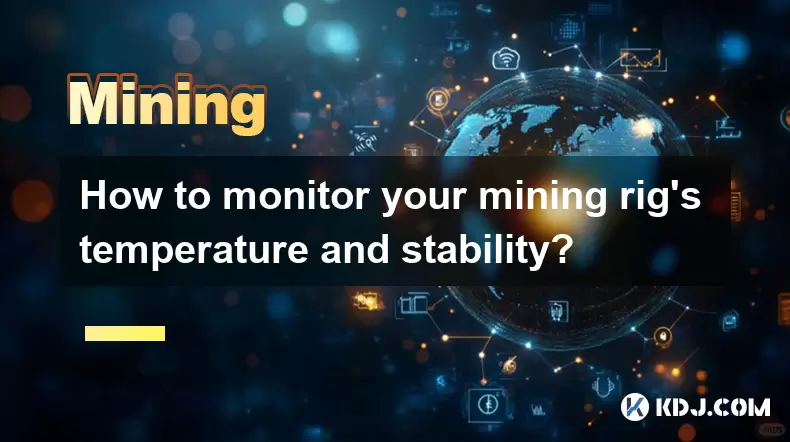-
 Bitcoin
Bitcoin $116400
-0.36% -
 Ethereum
Ethereum $4033
3.40% -
 XRP
XRP $3.302
-1.26% -
 Tether USDt
Tether USDt $1.000
-0.02% -
 BNB
BNB $796.1
1.67% -
 Solana
Solana $177.8
1.89% -
 USDC
USDC $0.9999
0.00% -
 Dogecoin
Dogecoin $0.2314
4.09% -
 TRON
TRON $0.3381
0.14% -
 Cardano
Cardano $0.7989
1.22% -
 Stellar
Stellar $0.4496
-1.84% -
 Chainlink
Chainlink $20.42
9.42% -
 Hyperliquid
Hyperliquid $41.17
0.88% -
 Sui
Sui $3.914
3.77% -
 Bitcoin Cash
Bitcoin Cash $584.7
1.52% -
 Hedera
Hedera $0.2632
-0.54% -
 Avalanche
Avalanche $24.09
3.40% -
 Ethena USDe
Ethena USDe $1.001
-0.02% -
 Litecoin
Litecoin $123.2
1.33% -
 Toncoin
Toncoin $3.318
-0.04% -
 UNUS SED LEO
UNUS SED LEO $8.984
-0.05% -
 Shiba Inu
Shiba Inu $0.00001323
2.85% -
 Uniswap
Uniswap $10.90
4.41% -
 Polkadot
Polkadot $3.999
3.34% -
 Dai
Dai $1.000
0.01% -
 Cronos
Cronos $0.1630
9.64% -
 Bitget Token
Bitget Token $4.484
0.82% -
 Monero
Monero $272.4
2.44% -
 Pepe
Pepe $0.00001173
6.03% -
 Aave
Aave $290.8
2.88%
How to calculate income for different mining pools
Miners can calculate their earnings by understanding the income distribution methods employed by various mining pools, such as Proportional Mining Pools, Pay-Per-Share, and Pay-Per-Last-N-Shares.
Feb 24, 2025 at 08:54 pm

Key Points:
- Understanding the concept of mining pools
- Types of mining pools and their income distribution methods
- Steps to calculate income in various mining pools
Mining Pools Explained
Mining pools combine computational resources from multiple miners to increase the probability of finding valid blocks on the blockchain. Miners contribute their hash power to the pool, and rewards are shared among members based on their contributions.
Types of Mining Pools
- Proportional Mining Pools: Distribute rewards proportionally to the contributed hash power.
- Pay-Per-Share (PPS) Pools: Pay a fixed amount per valid share submitted, regardless of whether the pool finds a block.
- Pay-Per-Last-N-Shares (PPLNS) Pools: Distribute rewards based on the last N shares submitted by each miner, where N is a predetermined number.
Calculating Income in Mining Pools
Each pool has its own income distribution method and formula for calculating the rewards. Here are the steps to calculate income for different mining pools:
1. Proportional Mining Pools
- Step 1: Determine Block Reward: Calculate the current block reward based on the cryptocurrency's protocol.
- Step 2: Calculate Pool Share: Calculate the pool's share of the network hash power.
- Step 3: Calculate Miner Reward: Multiply the block reward by the pool's share and divide it by the miner's contributed hash power.
Example:
- Block Reward: 6.25 BTC
- Pool Share: 15%
- Miner Hash Power: 100 GH/s
- Miner Reward = 6.25 BTC x 0.15 / 100 GH/s = 0.009375 BTC
2. Pay-Per-Share (PPS) Pools
- Step 1: Determine Share Reward: Find out the fixed reward paid per share from the pool.
- Step 2: Calculate Miner Reward: Multiply the share reward by the number of valid shares submitted by the miner.
Example:
- Share Reward: 0.00005 BTC
- Valid Shares: 10,000
- Miner Reward = 0.00005 BTC x 10,000 = 0.5 BTC
3. Pay-Per-Last-N-Shares (PPLNS) Pools
- Step 1: Determine Effective Hash Rate: Calculate the miner's effective hash rate based on the last N shares submitted.
- Step 2: Calculate Pool Reward: Determine the pool's share of the block reward from the past N shares.
- Step 3: Calculate Miner Reward: Multiply the pool reward by the miner's effective hash rate and divide it by the pool's effective hash rate.
Example:
- Block Reward: 6.25 BTC
- N Shares: 10,000
- Miner Effective Hash Rate: 1 GH/s
- Pool Effective Hash Rate: 100 GH/s
- Miner Reward = 6.25 BTC x 1 GH/s / 100 GH/s = 0.0625 BTC
FAQs
Q: What factors affect mining pool income?
A: Hash power, block difficulty, pool size, and luck.
Q: Which mining pool type is the most profitable?
A: It depends on the miner's circumstances and preferences.
Q: How often are rewards distributed in mining pools?
A: It varies depending on the pool's payout policy.
Q: Can I withdraw my mining pool income immediately?
A: Some pools have a minimum payout threshold before withdrawals are processed.
Q: Are there any risks associated with mining pool participation?
A: Yes, risks include pool scams, cyberattacks, and potential reward volatility.
Disclaimer:info@kdj.com
The information provided is not trading advice. kdj.com does not assume any responsibility for any investments made based on the information provided in this article. Cryptocurrencies are highly volatile and it is highly recommended that you invest with caution after thorough research!
If you believe that the content used on this website infringes your copyright, please contact us immediately (info@kdj.com) and we will delete it promptly.
- Decentralized Data: Taking the Driver's Seat in the Data Economy
- 2025-08-09 14:30:11
- Bitcoin vs. Gold: The Store-of-Value Showdown in the Digital Age
- 2025-08-09 14:30:11
- BlockDAG, Stellar, and Crypto Adoption: Navigating the Hype
- 2025-08-09 14:50:12
- Litecoin Price Surge: Riding the Wave of Institutional Interest and ETF Hopes
- 2025-08-09 14:50:12
- Chainlink's Wild Ride: Whales Are Still Loading Up on LINK!
- 2025-08-09 15:10:11
- Ruvi AI: Solana's New Challenger Dominating Token Sales with AI Innovation
- 2025-08-09 14:55:15
Related knowledge

What is "proof-of-work" and how does it relate to mining?
Aug 07,2025 at 02:03pm
Understanding the Concept of Proof-of-WorkProof-of-work (PoW) is a consensus mechanism used in blockchain networks to validate transactions and secure...

What are the differences between mining on Windows vs. Linux?
Aug 06,2025 at 11:29pm
Overview of Cryptocurrency Mining PlatformsCryptocurrency mining involves using computational power to solve complex cryptographic puzzles and validat...

How to use an old computer for cryptocurrency mining?
Aug 07,2025 at 12:42pm
Understanding the Feasibility of Using an Old Computer for MiningUsing an old computer for cryptocurrency mining may seem outdated, but it is still te...

Can you mine cryptocurrency using solar power?
Aug 07,2025 at 12:00am
Understanding the Basics of Cryptocurrency MiningCryptocurrency mining involves validating transactions on a blockchain network by solving complex cry...

How to monitor your mining rig's temperature and stability?
Aug 09,2025 at 09:43am
Understanding the Importance of Temperature Monitoring in Mining RigsMaintaining optimal temperature levels in a mining rig is essential for long-term...

How to build a mining rig inside a PC case?
Aug 06,2025 at 11:01pm
Understanding the Basics of a Mining Rig in a PC CaseBuilding a mining rig inside a PC case involves transforming a standard computer chassis into a d...

What is "proof-of-work" and how does it relate to mining?
Aug 07,2025 at 02:03pm
Understanding the Concept of Proof-of-WorkProof-of-work (PoW) is a consensus mechanism used in blockchain networks to validate transactions and secure...

What are the differences between mining on Windows vs. Linux?
Aug 06,2025 at 11:29pm
Overview of Cryptocurrency Mining PlatformsCryptocurrency mining involves using computational power to solve complex cryptographic puzzles and validat...

How to use an old computer for cryptocurrency mining?
Aug 07,2025 at 12:42pm
Understanding the Feasibility of Using an Old Computer for MiningUsing an old computer for cryptocurrency mining may seem outdated, but it is still te...

Can you mine cryptocurrency using solar power?
Aug 07,2025 at 12:00am
Understanding the Basics of Cryptocurrency MiningCryptocurrency mining involves validating transactions on a blockchain network by solving complex cry...

How to monitor your mining rig's temperature and stability?
Aug 09,2025 at 09:43am
Understanding the Importance of Temperature Monitoring in Mining RigsMaintaining optimal temperature levels in a mining rig is essential for long-term...

How to build a mining rig inside a PC case?
Aug 06,2025 at 11:01pm
Understanding the Basics of a Mining Rig in a PC CaseBuilding a mining rig inside a PC case involves transforming a standard computer chassis into a d...
See all articles

























































































